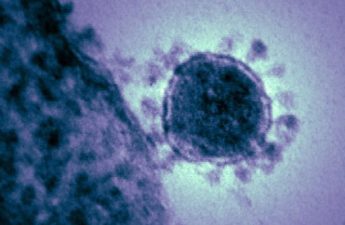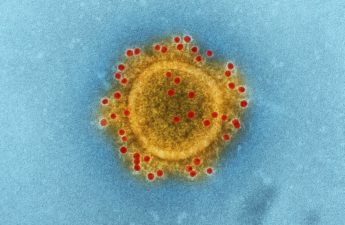
Meredith Li-Vollmer, Public Health – Seattle & King County
With the first reported cases of the novel coronavirus in the United States, many people have questions about the risk of catching an infectious disease from travel.
One of the most active global travelers on our staff, Dennis Worsham, had questions that he posed to our health officer, Dr. Jeff Duchin.
Dennis Worsham: Jeff, I was actually in Wuhan, China in October, before the situation with the new coronavirus unfolded. I assume that there’s no risk for me, right?
Jeff Duchin: Correct. The first cases of novel coronavirus were reported in December, 2019, well after you returned. Based on what is known about other coronaviruses, infection from novel coronavirus would start between 2-14 days after exposure. For travelers who have more recently been to Wuhan, if you have not had symptoms after fourteen days from travel, you are not considered to be at risk any longer and don’t need to do anything special.
DW: That’s good to know. How safe it is to travel right now with the concerns about novel coronavirus?
JD: CDC recommends that travelers avoid all nonessential travel to Hubei Province, China, including Wuhan, at this time. It’s always a good idea for anyone planning travel to check CDC’s travel notices on their website, regardless of the destination.
In addition to novel coronavirus, there are other infectious diseases and other health topics that travelers should be aware of and take precautions against wherever they are headed.
Depending on the destination, travelers’ may need specific vaccines and take other steps to prevent illness and injury. That can be as simple as washing your hands frequently or using hand sanitizer or understanding the risks from contaminated food and water, or taking steps to avoid malaria and other mosquito-borne infections.
And there are some places that the CDC recommends avoiding for travel. You can look up your destination on CDC’s website and it will tell you the health information you need to know.
DW: I’ve been troubled by misinformation circulating about the risk of the new coronavirus from people who’ve been to China or who look like they are from China.
Jeff: Yes, that’s very concerning. When it comes to protecting the public’s health, spreading or allowing rumors, inappropriate fear and stigma, or discrimination against community members is counter-productive to public health and safety.
It’s important to know that at this time, the risk of novel coronavirus in the US is associated with exposure through travel or to a confirmed case of the infection but not related to any particular ethnicity or nationality. We do not have transmission of this infection in communities in the US.
People travel to China and other parts of the world for many reasons, including for business and tourism. We need to check any assumptions about whether someone has traveled to an affected region based on how they look. Even if someone has been to an affected region it does not mean that they present any risk to others.
DW: Thanks for emphasizing that, Jeff. What’s the outlook for novel coronavirus right now?
JD: The novel coronavirus outbreak continues to evolve rapidly, with increasing reports of cases from China and cases identified in several countries, including a case here in Washington and one in Illinois announced on January 24th.
We expect more cases to be identified internationally and in the US, including possibly locally, before the outbreak ends. We are working with our healthcare providers and our public health colleagues here and at CDC to understand this new infection and to promptly identify any possible new cases for evaluation in order to minimize the risk for spread.
Please check our website and Public Health Insider blog for updates. We’ll continue to provide information as we have it.
Originally posted on January 25, 2020.


